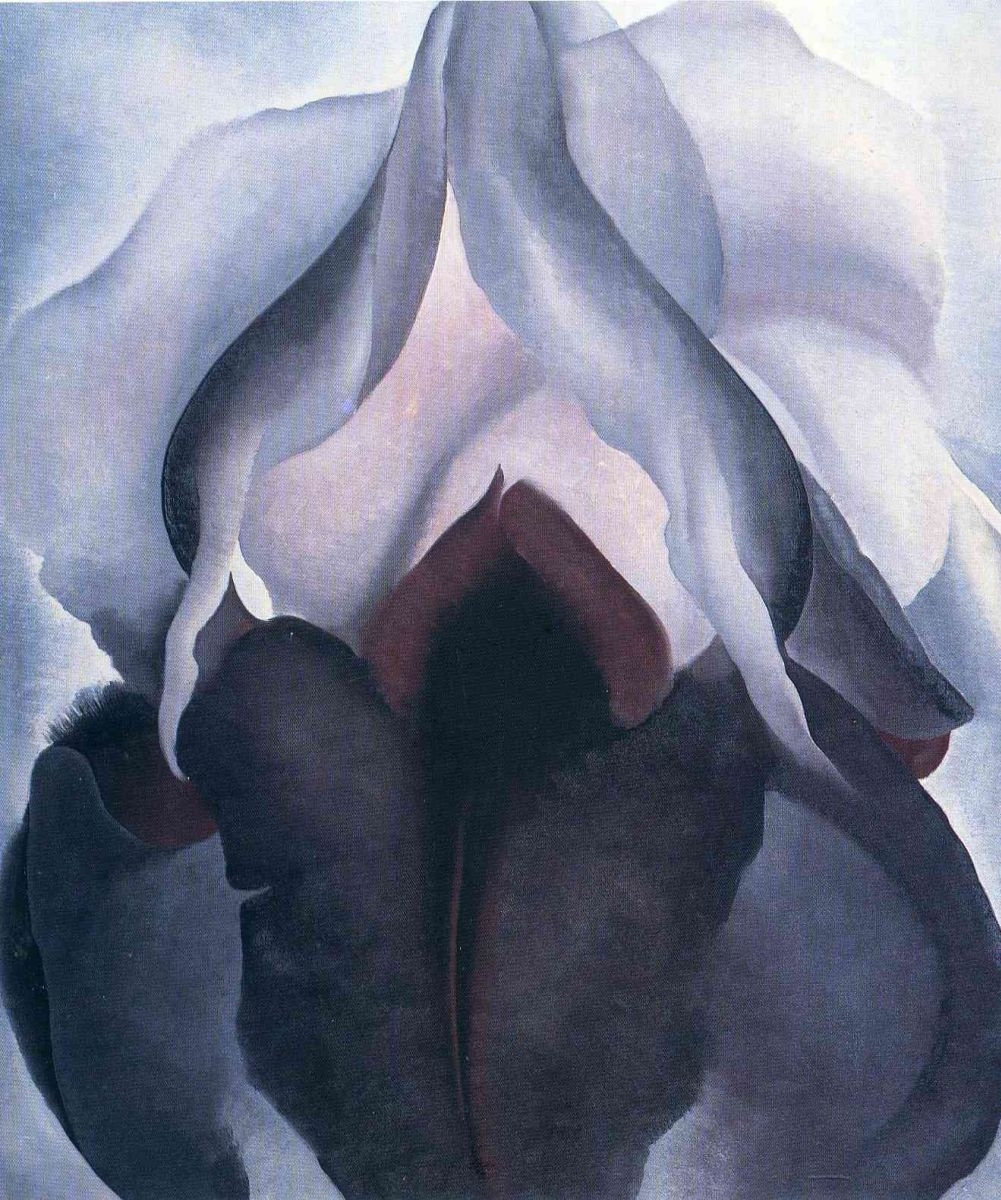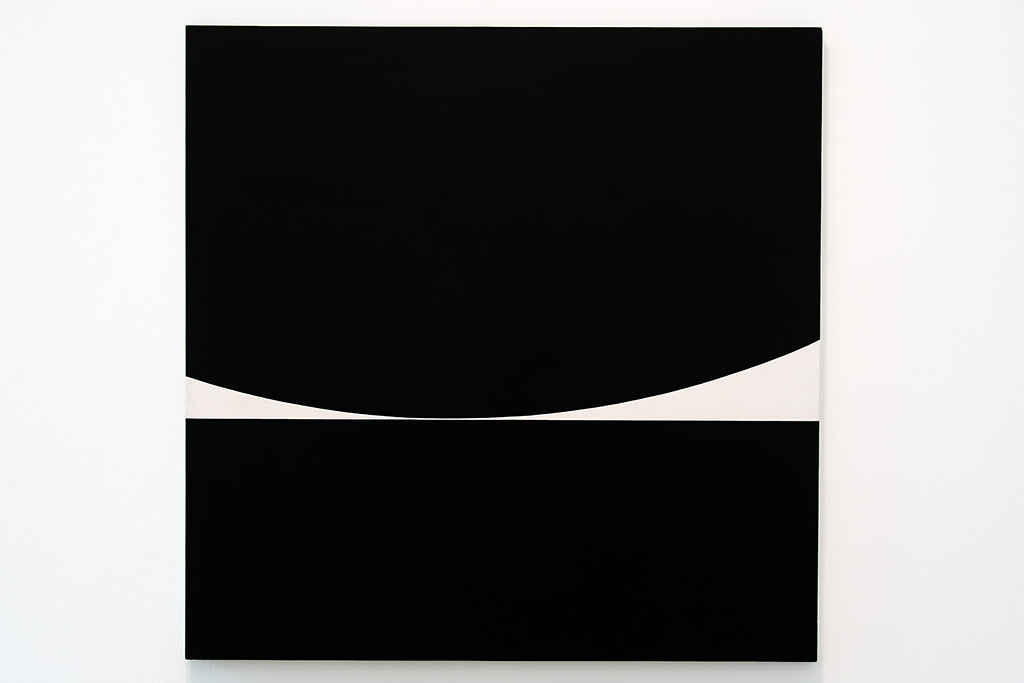On the occasion of the coming International Women's Day, let us celebrate the female artists whose impact has forever changed the art world!
With the following list, we aim to highlight three incredible artists who shattered taboos, had a profound influence on the style of their era, and without whom our conception of art would not be the same.
Although the art world has historically unevenly represented genders, it does not mean that there were not outstanding female creators throughout history. From the beginning, our history is filled with exceptional female figures who exerted a strong influence on the history and development of art, as collectors, gallery owners, patrons, museum founders, and, of course, as artists.
Among these exceptional female creators, we present three whose groundbreaking work will be remembered by humanity forever.
Georgia O’Keeffe (1887-1986)
The artist, hailing from Central Midwest America, Wisconsin, began her artistic career in the early 20th century, studying painting at the Art Institute of Chicago.
Her name is intricately linked with the concept of American modernism, a style and cultural movement that unfolded between the wars. The primary characteristic of the style was a deliberate departure from traditions and the use of innovative forms of expression. Georgia O’Keeffe became a leading figure in American modernism by breaking previous boundaries and exploring unique modes of expression. Her works simultaneously represented abstraction and representation. This is evident in her most famous works, the dramatically enlarged flower paintings, which turned into abstract masterpieces through their sensual closeness.
Besides their overwhelming impact, O’Keeffe's paintings were significant in influencing the gender balance in the art world. Known as the "Mother of American Modernism," she not only became the most famous female American artist but also one of the most influential figures in 20th-century art. In 1977, she even received the Presidential Medal of Freedom in the United States, the highest civilian honor.
Notable artworks: Black Iris III (1926), Radiator Building — Night, New York (1927), Cow’s Skull: Red, White, and Blue (1931).

Georgia O'Keeffe, Black Iris III (1926)
Frida Kahlo de Rivera (1907-1954)
Frida Kahlo is perhaps the most renowned female artist. The Mexican artist, working in the surrealist style, is primarily known for her incredibly intense, richly colored, and stunning self-portraits.
The source of her color and form is the Mexican culture, while her themes draw deeply from personal experiences. The primary source of her inspiration was pain, which permeated her entire life and was often symbolically depicted in her works. One of the main sources of her pain was a tragic bus accident she suffered at the age of 18. Although she recovered from most of her injuries, the accident had a lasting effect on her physique.
Frida battled uncontrollable pain attacks and reproductive issues throughout her life, experiencing numerous miscarriages. This sense of loss became a central theme in her works.
To understand the intensity of her self-portraits, one often refers to Frida's words: "I paint self-portraits because I am so often alone, because I am the person I know best."
Her works are an expression of emotions and passion. Despite her commitment to the canvas, Frida fought against depression, capturing and recreating her emotions as part of the creative process, presenting them to the world.
Notable artworks: The Two Fridas (1939), Self-Portrait with Thorn Necklace and Hummingbird (1940), The Broken Column (1944).

Frida Kahlo,
The Broken Column (1944)
Bridget Riley (1931-)
Bridget Riley is the queen of abstract artists, the most well-known female creator of the Op Art movement. While O’Keeffe is associated with American modernism, Riley is identified as the mother of Op Art, a title she earned for her efforts in promoting the genre.
The name of the style comes from the abbreviation for optical art, one of the genres within abstraction.
Artists representing the style often create optical illusions through the manipulation of patterns, shapes, and colors.
Bridget Riley is arguably the most recognizable creator of the style after Victor Vasarely. Her paintings from the 1960s became synonymous with the Op Art movement.
She received numerous accolades, including the honor of representing Britain at the 1968 Venice Biennale. Moreover, in the history of the festival, she was the first woman to receive the prestigious Golden Lion Award for Best Painter. Throughout her career, she also created murals for major art institutions, including the Tate and the National Gallery.
Despite her iconic large black-and-white murals completely filling and dominating exhibition spaces, her art's impact lies in these monumental, awe-inspiring creations, which continue to captivate viewers today as much as they did when they were first created.
Notable artworks: Movement in Squares (1961), Kiss (1961), Current (1964).

Bridget Riley, Kiss (1961)
Sources:
learnodo-newtonic.com - famous female painters
harpersbazaar.com - best female artists
mymodernmet.com - influential women in art